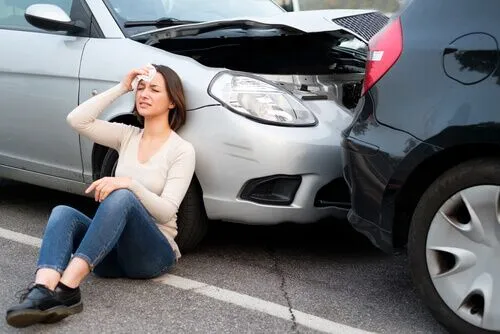Any type of car accident—from a fender bender to a multi-car pile up—has the potential to cause injuries. These injuries can leave you with expensive medical bills if they require a trip to the hospital. Fortunately, you can help protect yourself and your passengers, with medical payments coverage through your auto insurance.
Determining how much coverage you need can be tricky. If you don’t have enough, you might have to pay out of pocket. The HiRoad team is here to help you understand how medical payments and insurance coverages work — and have a better understanding of how much coverage you might need.
Does your auto insurance plan need Medical Payments coverage?
MedPay, short for medical payments coverage, can pay for medical bills after a car accident, no matter who is at fault. This coverage may serve as the primary insurance if your medical expenses are due to an auto accident. However, it usually won’t apply to medical expenses that your health insurance doesn’t cover.
One of the key benefits of MedPay is that it can cover medical expenses for you, passengers, and even pedestrians, depending on your car insurance policy. Because MedPay is often an optional add-on, you might have questions about how it differs from Bodily Injury Liability coverage.
Do you need MedPay or Bodily Injury Liability coverage?
Liability coverage, typically included in an auto insurance policy, is often mandatory, depending on your state. It has two components: Bodily Injury Liability and Property Damage Liability.
Bodily Injury Liability coverage pays for another person’s potential medical expenses if they’re injured in an accident you caused. However, it doesn’t cover your own personal medical bills or any damage to your vehicle.
This coverage is often limited by a per-person and per-accident cap. For example, if your policy has a $50K per person and $100K per accident limit, and you cause an accident involving four people, it might not provide sufficient coverage if they each have more than $50K in personal injuries, or the total cost of those injuries exceeds $100K.
Property Damage Liability coverage pays for the repair or replacement of another person’s property if you cause an accident. It doesn’t cover your property. And it is also subject to a limit per accident.
Having the right coverage for any moment
Whether signing up for car insurance for the first time or renewing your policy, it’s important to weigh your coverage options and consider your own level of risk. Where you drive, how safely you drive, the type of vehicle you have, and any potential injuries and medical costs you think might encounter will all play a role.



